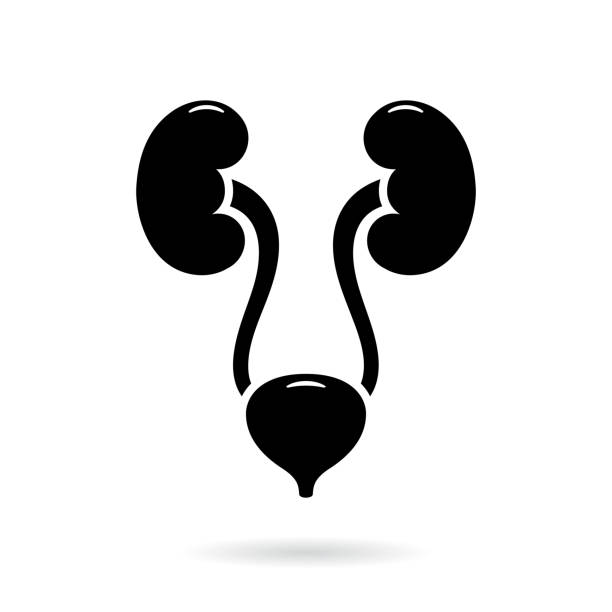+918042755642

This is your website preview.
Currently it only shows your basic business info. Start adding relevant business details such as description, images and products or services to gain your customers attention by using Boost 360 android app / iOS App / web portal.
Description
Peritoneal Dialysis (PD) is a type of dialysis that uses the peritoneum (the membrane that lines the abdominal cavity) to filter waste, excess fluid, and toxins from the blood. It is an alternative to hemodialysis, where a machine filters the blood outside the body. How Peritoneal Dialysis Works: Peritoneal dialysis involves using the peritoneal membrane as a natural filter. The peritoneum has a rich blood supply and acts as a semipermeable membrane, allowing waste products and excess fluid to pass from the bloodstream into the dialysate solution, which is introduced into the abdominal cavity. The Process: Dialysate Infusion: A special dialysis solution (dialysate) is introduced into the peritoneal cavity through a surgically implanted catheter. The catheter is placed into the abdomen through the skin. Filtration: Over time, waste products, excess fluids, and toxins from the blood pass through the peritoneal membrane and into the dialysate. The fluid in the peritoneum acts as a medium that allows toxins to diffuse across the membrane. Larger molecules (like red blood cells) remain in the bloodstream. Drainage: After a set dwell time (the time the dialysate stays in the abdomen), the used dialysate (now containing waste products and excess fluid) is drained out of the abdomen through the catheter and discarded. Fresh dialysate is then infused for another cycle. Repeat: This process is repeated multiple times a day or night, depending on the type of peritoneal dialysis. Types of Peritoneal Dialysis: There are two main types of peritoneal dialysis: 1. Continuous Ambulatory Peritoneal Dialysis (CAPD): Manual exchanges are done by the patient throughout the day. The patient performs 3-5 exchanges of dialysate per day, each taking about 30-40 minutes. During each exchange, the patient fills the peritoneal cavity with fresh dialysate, lets it dwell for a period of time (usually 4-6 hours), and then drains out the used solution. No machine is involved, and exchanges can be done at home or in any clean environment. 2. Automated Peritoneal Dialysis (APD): Machine-assisted exchanges are performed, usually at night while the patient sleeps. A machine called a cycler automatically fills and drains the dialysate. This method allows for more continuous dialysis while the patient sleeps, with fewer daytime exchanges. Advantages of Peritoneal Dialysis: Home Treatment: PD can be done at home, allowing for more flexibility and independence. It can be performed during daily activities or overnight. Gentler on the Body: PD may be preferred for people who find hemodialysis too harsh, as it’s continuous and generally more gradual. No Need for Blood Vessel Access: Unlike hemodialysis, which requires an arteriovenous (AV) fistula or graft, PD uses a catheter, which can be easier for some people. Better Preservation of Residual Kidney Function: Some studies suggest that PD may preserve the patient’s own kidney function longer than hemodialysis. More Flexible Schedule: Because PD can be done at home, patients often have more control over their schedules compared to regular trips to a dialysis center. Disadvantages and Risks of Peritoneal Dialysis: Infection Risk: The catheter insertion site is vulnerable to infection. The most common and serious infection is peritonitis, an infection of the peritoneal cavity. Proper hygiene during exchanges is essential to reduce this risk. Required Training: Patients and caregivers need to learn how to perform the dialysis exchanges and handle the catheter properly. This training can take some time and effort. Dialysis Fluid Storage: Dialysate bags must be stored at home, and the patient needs a clean, organized space to store them. Abdominal Discomfort: Some patients experience discomfort or bloating due to the dialysate in the abdomen, especially during the early stages of PD. Potential for Weight Gain: Dialysate contains glucose, which can lead to weight gain if the patient doesn’t manage their fluid balance and diet carefully. Limited Use in Some Patients: Not all patients are candidates for PD. People with significant abdominal scarring, multiple abdominal surgeries, or other conditions like severe obesity may not be suitable for PD. How to Perform Peritoneal Dialysis: Prepare the Equipment: Ensure that all necessary supplies, such as sterile dialysate bags, gloves, and antiseptic wipes, are clean and ready. Hand Hygiene: Wash hands thoroughly to prevent infection. Prepare the Dialysate: Choose the appropriate dialysate type and ensure it’s at the correct temperature (usually warmed to body temperature). Connect the Catheter: Insert the catheter into the access port and drain any residual fluid. Infuse Fresh Dialysate: Slowly pour fresh dialysate into the peritoneal cavity. Dwell Time: Allow the dialysate to remain in the abdomen for the prescribed period (usually 4-6 hours). Drain the Dialysate: After the dwell time, the used fluid is drained into a sterile bag and discarded. Repeat: The process is repeated with fresh dialysate. Monitoring and Follow-up: Patients on peritoneal dialysis need regular follow-up visits with their healthcare team to monitor their progress, check for signs of infection, and adjust dialysis prescriptions as needed. Periodic testing of blood, electrolytes, and fluid status is also necessary. Conclusion: Peritoneal dialysis is a valuable treatment option for patients with kidney failure, offering more flexibility and a less invasive approach compared to hemodialysis. It can be done at home, allows for more autonomy, and may be gentler on the body. However, it also requires commitment to proper hygiene and regular monitoring to avoid complications such as infection. If you're considering peritoneal dialysis or need specific guidance for a particular situation, it’s important to consult with a nephrologist who can help tailor the treatment to your needs. Let me know if you'd like more information or have any specific questions!

